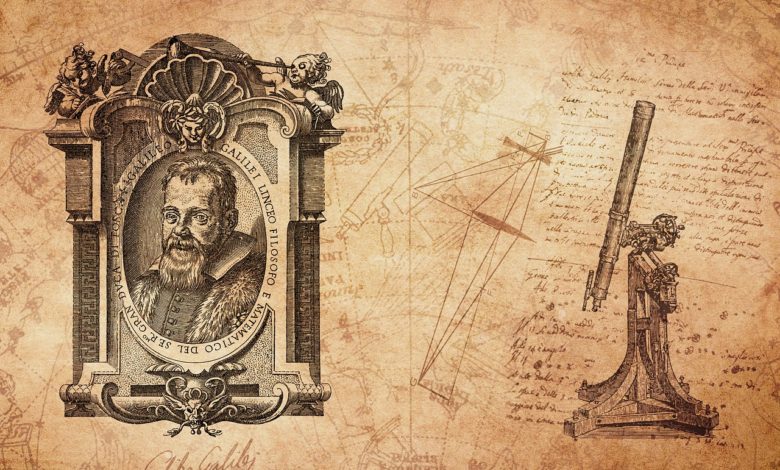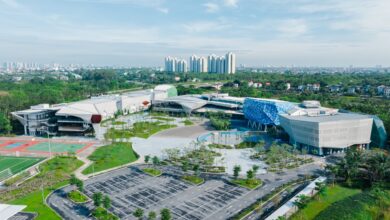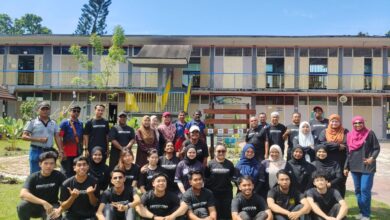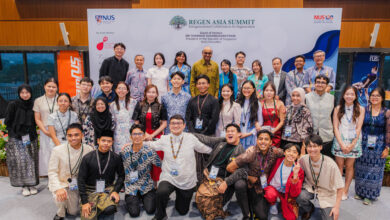Living and Working Through the Plague: Lessons from Newton and Galileo

The novel coronavirus has upended our world over the past few months, forcing people to learn how to work in entirely new ways. For scientists in particular, Isaac Newton has repeatedly been held up as a model of epidemic-induced productivity, since he spent his 1666 “year of miracles” avoiding the plague in the English countryside and developing his ideas on gravity, optics and calculus.
But isolation and quiet contemplation make up only one model of science during plague times, and one to which few of us can really relate. Galileo Galilei, the astronomer, physicist and mathematician who turned the telescope into a scientific instrument and laid the groundwork for a new physics of motion, presents us with an inspiring and more relatable model of scientific work in a time of crisis. In fact, several of the most public and turbulent years of Galileo’s life took place during the great plague outbreak of 1630–33.
Galileo, who was born in 1564, had been a child in Florence during the previous major Italian outbreak of plague in 1575–77, which ravaged Northern Italy and killed 50,000 people in Venice—one third of the total population. As a student of medicine at the University of Pisa, where Galileo began his studies, he certainly would have learned more about the notorious disease. Though he soon abandoned his father’s wish that he pursue medicine and turned instead to mathematics and astronomy, he nevertheless continued reading and talking about the plague.
Read the full story from The Scientific American.




